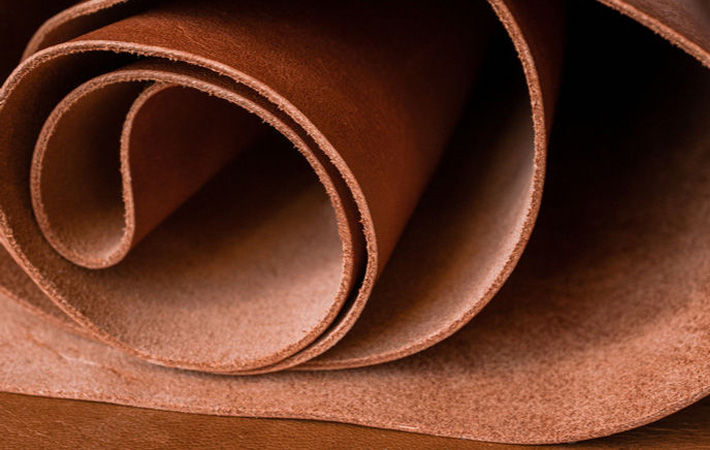
Last year, the export turnover of these products saw a modest yearly increase of 4.6 per cent to reach $20.78 billion, in which footwear exports hit $17.77 billion—up by 6.1 per cent—while export of suitcase and bag products topped nearly $3.01 billion—down by 3.2 per cent.
The strongest increase of 19.6 per cent was seen in North America, followed by Europe (10.8 per cent) and Oceania (8.9 per cent), according to Vietnamese media reports.
The United States remained the largest importer of Vietnamese leather, footwear and bag products with a turnover of over $8.76 billion, up by 15.8 per cent year-on-year. China came next with nearly $1.72 billion, down by 22.3 per cent and Japan ranked third with over $1 billion, down by 10.1 per cent.
The association's report on the industry performance in 2021 showed that the fourth wave of COVID-19 and prolonged social distancing period had caused difficulties for 80 per cent of leather and footwear businesses, especially those in the south which accounted for 70 per cent value and volume of the whole industry.
Many enterprises in southern localities such as HCM City, Ðong Nai, Bình Duong, Long An and Tien Giang had to stop operation due to their failure to implement ‘three-on-side’ and ‘one route, two destinations’ models.
For a few businesses that were eligible to operate, reduced production capacity due to employees working from a distance, costs made by disruption of the supply chain of raw materials, and costs of COVID prevention such as testing and vaccinations and ‘3 on-site’ accommodations for workers brought them a headache.
Leather and footwear enterprises suffered heavy losses as they had to stop or reduce production, having their export orders cancelled by customers, but they still had to pay for costs of maintaining factories and wages to employees, LEFASO said.
A shortage of containers, skyrocketing logistics and international shipping costs and increasing prices of fuel and raw material also caused difficulties for export enterprises.
By 2025, the nation's leather, footwear and handbag industry aims to satisfy most of the country's demand and maintain its position as a key export industry of the country.
By 2030, it aims to reach sustainable development through modern technologies and management systems that adhere to global standards.
Fibre2Fashion News Desk (DS)